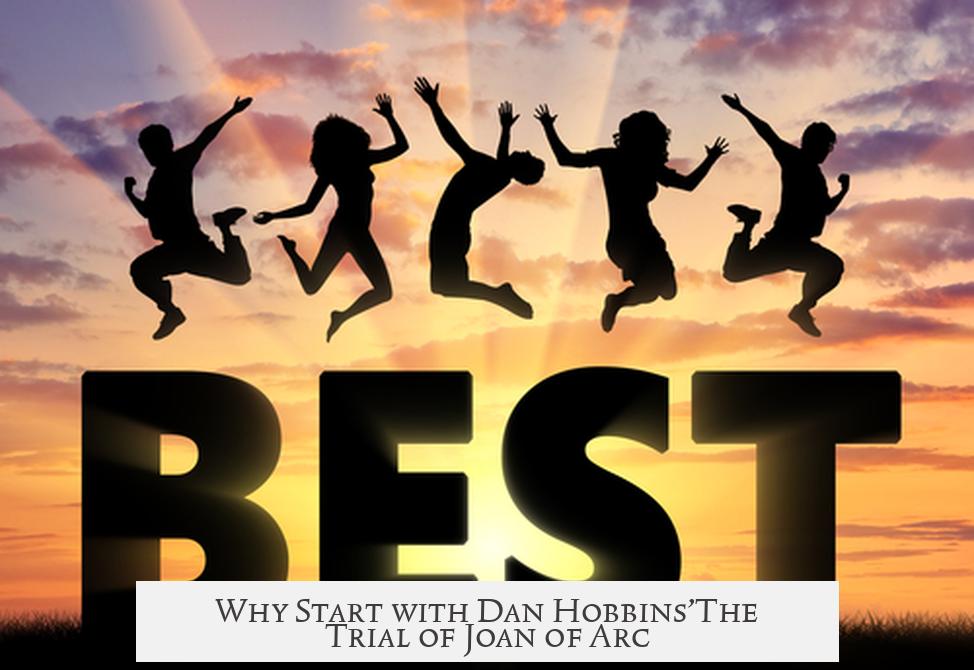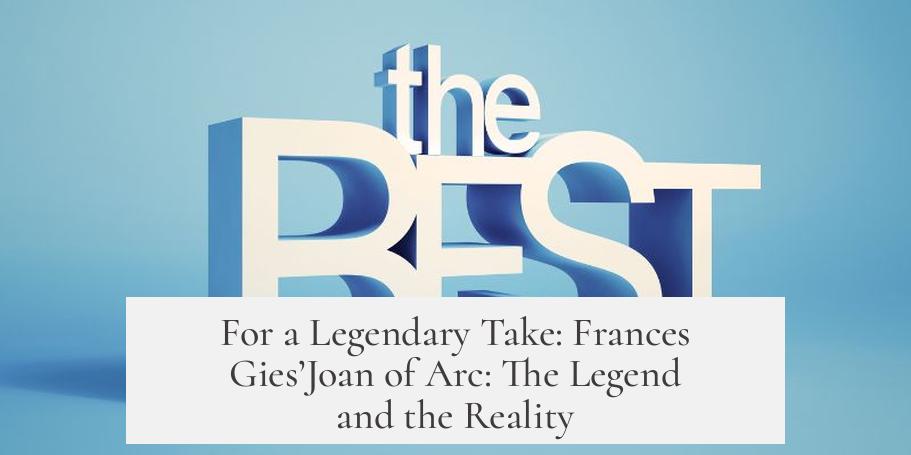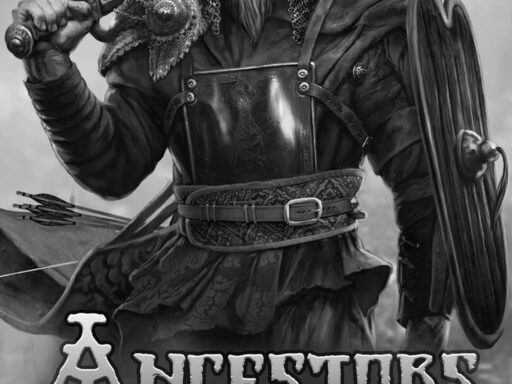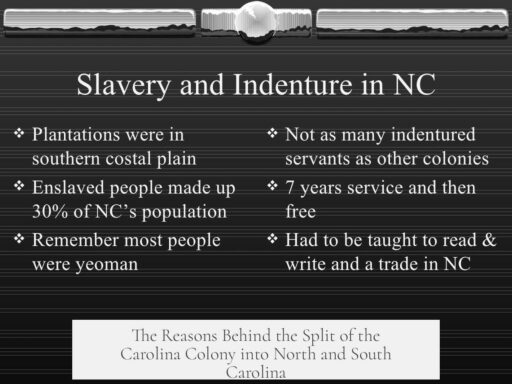The highest recommended book on Joan d’Arc is Dan Hobbins’ The Trial of Joan of Arc, an edited and translated primary source of her 1431 condemnation trial. This work offers direct insight into Joan’s own words and the legal process she endured, making it accessible and informative for general readers and scholars alike.
Hobbins’ edition stands out for presenting the medieval trial transcripts clearly, avoiding the dense style often found in primary historical documents. Readers can understand Joan’s defense and character, experiencing the trial’s drama firsthand. This transparency makes it a foundational starting point for anyone wanting authentic knowledge about Joan d’Arc’s life and legacy.
For context, Regine Pernoud and Marie-Veronique Clin’s Joan of Arc: Her Story complements the trial by exploring historical background and modern interpretations. It gives a balanced view, addressing her political, military, and spiritual roles. This secondary source enriches readers’ understanding, especially when paired with Hobbins’ primary documentation.
An introductory text like Craig Taylor’s introduction in his sourcebook Joan of Arc: La Pucelle (Manchester, 2006) is also useful for those new to Joan’s story. It outlines key themes to help readers decide which aspects to explore deeper.
For popular biography, Frances Gies’ Joan of Arc: The Legend and the Reality is recommended if found. It portrays both Joan’s historic facts and the myths built around her. Readers should be aware of possible author biases common to both academic and popular works.
Additional open-access resources, such as the full official 1431 trial transcript available online, provide valuable material to study Joan’s testimony in her own context. However, readers may need supplementary works to grasp full historical background, as transcripts omit broader circumstances.
- Dan Hobbins’ The Trial of Joan of Arc is the top recommendation for direct, accessible insight.
- Pernoud and Clin’s Joan of Arc: Her Story offers crucial historical and interpretive context.
- Craig Taylor’s introduction aids beginners in understanding Joan’s life and legacy.
- Frances Gies’ biography balances legend and reality, but check for availability.
- The official 1431 trial transcript is free online and important primary material.
What Is Your Highest Recommended Book on Joan d’Arc? A Guide to Choosing the Best Read

If you’re diving into the world of Joan d’Arc and want a top book recommendation, then let me cut through the clutter: Dan Hobbins’ The Trial of Joan of Arc stands out as my highest recommendation. Why? Because this book offers a direct, captivating view of Joan herself through the lens of her own words during the historic—and gripping—Rouen trial of 1431. It’s accessible, illuminating, and brings medieval sources to life without the usual academic dryness.
But that’s just the kicking-off point. Joan’s story is vast, layered, and full of differing perspectives. The *perfect* book depends on exactly what you want to get from Joan — her military genius, her visions, her legend, or the factual historical record. Let’s unpack the options thoughtfully.
Understand Your Starting Point: What Kind of Joan Reader Are You?
First, ask yourself: Are you comfortable with academic texts that dive deep into primary sources, or do you prefer a smooth narrative that reads like a story? Joans’ story spans books thick and thin, some scholarly, some geared toward popular biographies.
- Academic vs. Accessible: Dan Hobbins’ translation of the trial transcripts is scholarly but readable. Craig Taylor’s introduction in his Joan of Arc: La Pucelle sourcebook is excellent for beginners wanting context.
- Specific Aspect: Do you want detailed military strategies or the emotional and spiritual side of Joan’s life?
- Biographies vs. Sources: Biographies often have bias or agenda. For example, Frances Gies’ Joan of Arc: The Legend and the Reality challenges legends by separating myth from fact but may lean editorial.
Why Start with Dan Hobbins’ The Trial of Joan of Arc?

Reading Joan’s trial transcripts, translated and edited by Dan Hobbins, is like listening to Joan tell her own story. You get her personality, her courage, and the legal world that condemned her all in one package. Many medieval texts confuse readers with archaic language, but this one is refreshingly clear and approachable for a broad audience.
Accessing the full official trial transcript online is a bonus, but Hobbins’ book offers carefully edited commentary and translation that deepens your understanding. You see what the judges asked, hear how Joan responded—authentic history right from the source.
For Broader Context: Regine Pernoud and Marie-Veronique Clin’s Joan of Arc: Her Story
A solid follow-up or parallel read after Hobbins is the powerful, historically rich biography by Pernoud and Clin. This book beautifully blends Joan’s environment and personal story with the bigger picture of 15th-century France. It also addresses how Joan has been portrayed over time—essential for separating fact from folklore.
If you want a blend of history and cultural interpretation, this biographical style hits the spot. It’s scholarly yet readable, ideal for history buffs and casual readers alike.
For a Legendary Take: Frances Gies’ Joan of Arc: The Legend and the Reality

When you want to see Joan through the lens of myth versus reality, Frances Gies’ book comes into play. It balances Joan’s heroic image with a grounded look at her actual deeds and historical impact. It’s a bit harder to find but worth hunting down.
Keep in mind: like many biographies, it has an angle. No shame in bias—after all, every scholar and writer brings perspective to the table, especially on a figure as polarizing as Joan.
Emerging Reads and New Voices: Helen Castor’s Upcoming Work
New books keep coming into the Joan d’Arc conversation. Helen Castor’s latest release looks promising. But since it’s fresh off the presses, it deserves a cautious wait until readers can digest its contents fully before making a big thumbs-up or thumbs-down.
It shows Joan’s story continues to inspire scholarship—and maybe your next favorite read is just around the corner.
Putting It All Together: Personal Reading Experience and Tips

When tackling Joan’s story, mix your reading. Start with Hobbins’ accessible primary source for firsthand accounts. Then, explore Pernoud and Clin for context and interpretation. Sprinkle in Gies if you enjoy the interplay between legend and history.
By layering sources, you get a rich, full-bodied picture that respects Joan’s complexity. It’s like assembling a puzzle of history, personality, and mythology. And if you want, dip into Craig Taylor’s introduction to sharpen your thematic focus.
Remember, Joan d’Arc’s tale is not a one-book-and-done story. It’s a tapestry woven by many voices, each adding texture.
What Makes a Book on Joan d’Arc Truly Useful?
- Clarity: Does the book explain complex medieval history simply?
- Engagement: Is the Joan you meet compelling and real, not just a shadowy figure?
- Balance: Does it handle myths and facts fairly?
The top recommendation, Hobbins’ The Trial of Joan of Arc, nails clarity and engagement. Pernoud and Clin complement it with balance and context. This combo sets you up for an informed and fascinating journey through Joan’s remarkable life and legacy.
“Joan’s own words reveal her strength and humanity in a way second-hand stories often cannot.” — Dan Hobbins (paraphrased)
So, the next time you wonder, “What is the highest recommended book on Joan d’Arc?” remember it’s not just about picking a winner. It’s about picking the right lens for your curiosity. Happy reading!




